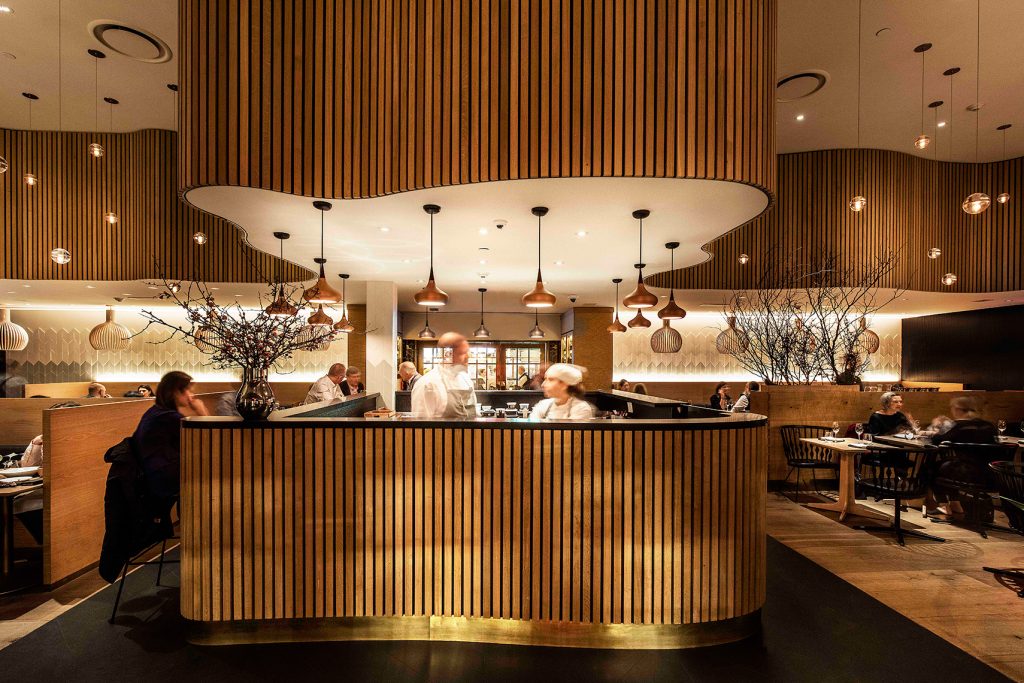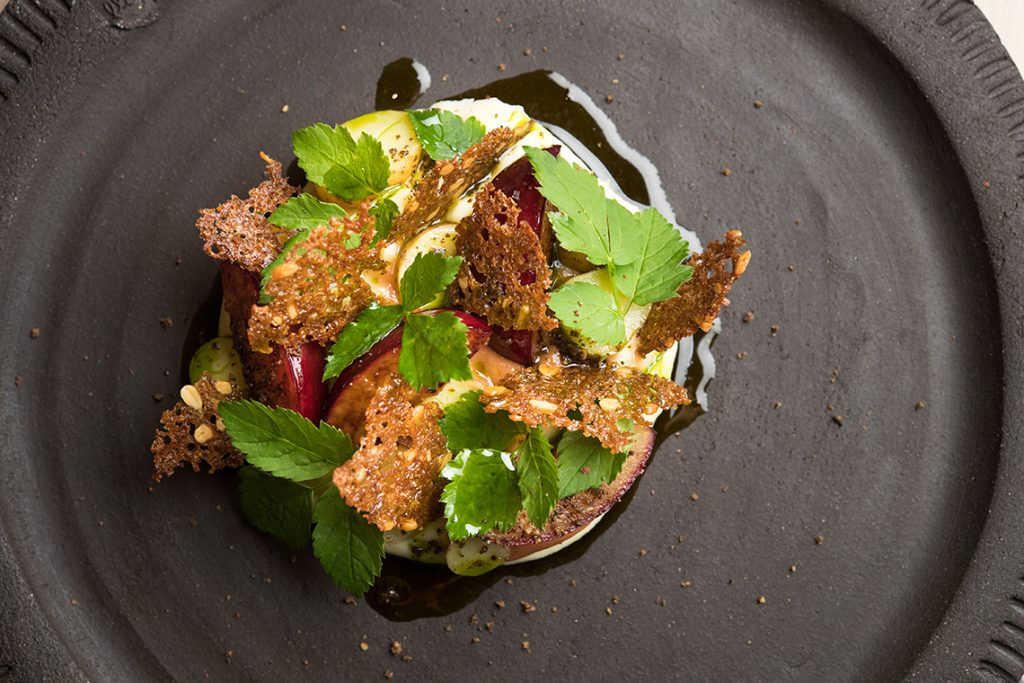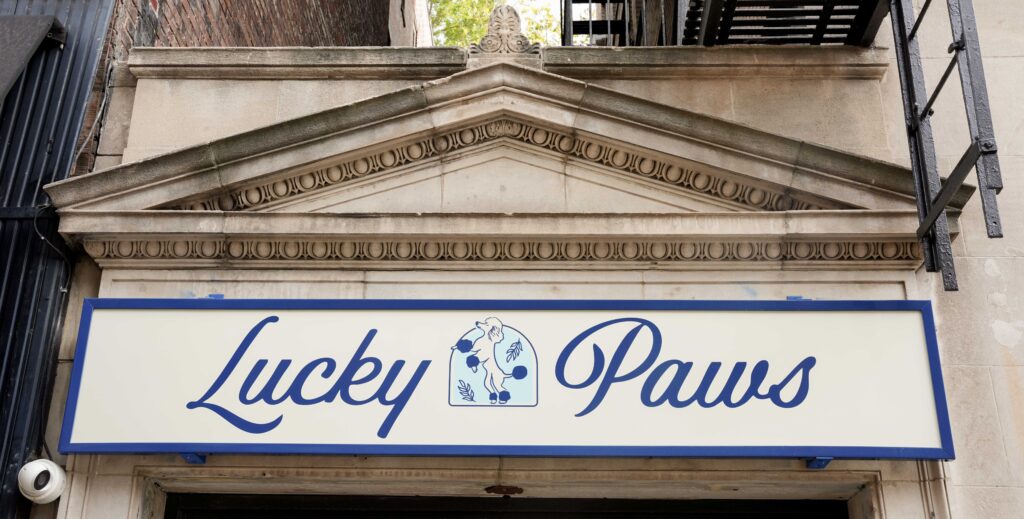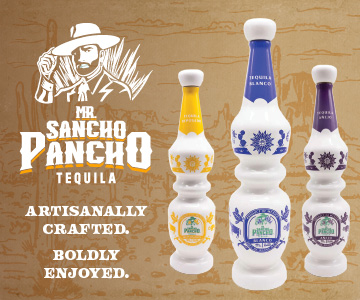For centuries, there was an attitude of defeat and hopelessness that permeated the food culture of the Nordic region. Landscapes defined by soaring cliffs and shimmering lakes depicted a sort of disillusion of romance, one that did not reflect the true terroir of the land. Harsh temperatures and extended periods of little-to-no sunlight made it nearly impossible for agriculture to sustain throughout the winters, leaving people to forage in the summer for things like berries and vegetables for preservation. For a long time, households served as the only frame of reference for an authentic Nordic diet, as restaurants preparing Nordic-style cuisine simply did not and could not exist. It was hard for everyone, especially chefs, to envision a time where there would be any sort of excitement or vitality in this cold and barren place.
 As years passed, many Nordic chefs began to accept their fate and shifted their focus to exploring more bountiful destinations, oftentimes bringing their newfound European-style of cookery back with them. But almost anyone with the right training can replicate a technique and in the end, a dish will only ever be as good as its produce. So the dilemma then became a matter of creativity and discovery. The “newness” that we speak of in “New” Nordic cuisine doesn’t mean better, it’s referring to what was next to come, something completely different. A revolution, some would say, with the power to change the culinary landscape of an entire region.
As years passed, many Nordic chefs began to accept their fate and shifted their focus to exploring more bountiful destinations, oftentimes bringing their newfound European-style of cookery back with them. But almost anyone with the right training can replicate a technique and in the end, a dish will only ever be as good as its produce. So the dilemma then became a matter of creativity and discovery. The “newness” that we speak of in “New” Nordic cuisine doesn’t mean better, it’s referring to what was next to come, something completely different. A revolution, some would say, with the power to change the culinary landscape of an entire region.
The origin of the New Nordic Cuisine Manifesto can be traced back to 2004, when the concept of a Scandinavian-style restaurant was just surfacing. Built on 10 main principles—with emphasis on purity, season, ethics, health, sustainability and quality—it answered the question, “why go elsewhere?” With a chance at a new identity, the program was designed to unlock the land’s true potential and take action against the notion that fine dining isn’t possible in places like Greenland, Denmark, Norway, Sweden, Iceland and Finland. Regional ingredients sourced from local forests, mountains, seas and fjords (long, narrow strips of water between steep hills, found especially in the Nordic region) were being overlooked for so long and it wasn’t until a team of chefs banded together that these very philosophies were brought to the forefront. Leading the pack was Claus Meyer, culinary entrepreneur and owner of Agern Restaurant.
Derived from the Danish word for “acorn,” Agern takes a Nordic-inspired culinary approach but uses seasonal ingredients found just minutes away from their Grand Central Terminal location. Back in the day, Vikings, alongside Scandinavia’s indigenous people would rely heavily on acorns as an essential part of their diet but the real beauty, Agern believes, is in their transformation. They have a natural ability to grow into something so much bigger and so much greater, similar to the way in which food culture has evolved throughout the Nordic area.
“Many come to Agern and are surprised to find that our menu is almost entirely local New York ingredients with Nordic techniques and flavors,” explained Katie Bell, General Manager of Agern. “When we do import things from Denmark or Iceland, they are very special items to Chef Gunnar that we do not grow or cannot find here in New York.”
 At the heart of the kitchen is Icelandic chef Gunnar Gíslason, whose menu reads more like an ingredient list rather than a series of dishes. Broken down into two separate tasting options, Land & Sea or Field & Forest, each fall in line with the practices of the Manifesto. “Our menu speaks Gunnar’s voice and therefore includes references from his childhood in Iceland, his time in Denmark, and his travels around the world,” Bell said. Time-tested traditions such as fermentation, curing and hay smoking are commonly used throughout the restaurant, imparting a depth of flavor that one would not expect from ingredients cultivated right here.
At the heart of the kitchen is Icelandic chef Gunnar Gíslason, whose menu reads more like an ingredient list rather than a series of dishes. Broken down into two separate tasting options, Land & Sea or Field & Forest, each fall in line with the practices of the Manifesto. “Our menu speaks Gunnar’s voice and therefore includes references from his childhood in Iceland, his time in Denmark, and his travels around the world,” Bell said. Time-tested traditions such as fermentation, curing and hay smoking are commonly used throughout the restaurant, imparting a depth of flavor that one would not expect from ingredients cultivated right here.
“We love ingredients with a sense of place — that taste like where they are grown or raised and we all know that those are the items that taste the best. It’s hard to preserve that sense of place when transporting something long distances.”
At Agern, nontraditional flavors are paired with equally nontraditional plating. Garnishes such as twigs, leaves, berries and smoke are meant to mimic the Nordic landscape and everything you see on the plate has its place, a necessary component which serves the senses whether sight, smell or taste. “We love to use hay, wheat, stones and rocks in presentations and on the plate (or as a plate!),” said Bell.
The ideology behind Agern and New Nordic cooking applies not only to the region they were inspired by, but to any place on the planet. There will always be something, somewhere, waiting to be discovered.






